In the days since my last post, I’ve spent much of my time reading, both rereading material that I wanted to bring back to mind and trying to catch up on some of the scholarship done in the years since I stopped paying attention. There has been a lot, and I feel like I’ve only scratched the surface. In future posts I would like to spend some time on my favorite papers, especially those written or contributed to by Elizabeth Schrader, who has taken on some of the thorniest questions related to Mary Magdalene. In this post, however, I thought I might write a bit about where my mind is.
The first thing that I think is important for me to address is that I am not a scholar. I don’t pretend to be. I’m a curious, literate person with a deep interest in early Christianity, Gnosticism, and very specifically, Mary Magdalene. I like to read academic papers, have learned just enough Greek and Latin to recognize important words and passages in old manuscripts, and am fascinated by the technical practice of textual criticism. In this blog I hope to share some of the things I read about as I process them, express ideas and share the questions that bubble to the surface as I ponder. Maybe it will be interesting or useful to someone along the way, or maybe it will just help me keep my thoughts organized.
When I left off of what I consider “my work” on Mary Magdalene topics some years ago, I was frustrated by my inability to comprehend Syriac manuscripts. One advantage of coming back to these topics now is that there are a great many more online tools available, more books scanned and available for viewing online, and more manuscripts photographed as well. This week on Archive.org I found some old translations of the Old Syriac Sinaiticus and Curetonian manuscripts (dated to the 4th c and 5th c, respectively, I believe) that gave me some insight that I’d been looking for. I would love to get my hands on George Anton Kiraz’s Comparative Edition of the Syriac Gospels: Aligning the Old Syriac (Sinaiticus, Curetonianus), Peshitta and Harklean Versions, but it’s a little hard to come by without access to a good university library. Still, what I found was enough to answer the question at hand, which was whether the epithet “Magdalene” was present in both John 20:1 and 20:18. The answer (as far as I can tell) is that it is present in John 20:1 in both, though there is a strange error in the Sinaiticus, and both manuscripts are missing the epithet in 20:18.
The reason this is interesting to me is, as I mentioned in my last post, in light of the tradition in the Syriac church that replaced Mary Magdalene as first witness of the resurrection with Mary of Nazareth, at least in the narrative in the Fourth Gospel. Many people have commented on this, but for years I’ve been unable to shake the sense that there is something important about Mary Magdalene just beneath the surface. The more I think about it, the deeper my interest in the Fourth Gospel grows. The earliest Church Fathers, I noticed, avoided using her epithet when commenting on the account of the resurrection in John, even when they used it in other contexts. Years ago I started wondering whether there was a very early rendering of the Fourth Gospel that didn’t use her epithet at all. If recent scholarship has impressed any idea on me, it’s that in the earliest days the texts we’ve come to know were highly variable, in some places more than others.
So Mary Magdalene in the Fourth Gospel is definitely an area of interest for me, as is her relationship to Mary of Nazareth and the Beloved Disciple. Ramon Jusino’s article, Mary Magdalene, Author of the Fourth Gospel?, written the same year I first put Magdalene.org online, left a deep impression on me and has been in the back of my mind for years. If there was a version of the Fourth Gospel without the epithet, what would that mean for his thesis? Would it support it? Challenge it? What bearing does the Eastern tradition of Jesus’s mother as the first witness of the resurrection have on it, if any? These and related questions sometimes hold sleep at bay.
Another area of interest takes me ahead in time by 1000 years, to the northern Pyrenees where about eight churches have a motif in their Romanesque expression of Jesus’s mother that is unique in all Christian art: she is holding what Joseph Goering, historian of medieval Europe, described as a “radiant vessel.” In his book The Virgin and The Grail Goering makes a case for the paintings being THE source of inspiration for the medieval Grail romances, which appeared some 50 years later. It seems quite plausible to me, but I’m less interested in what the paintings inspired than what inspired them. Goering dismisses the possibility that they could be representations of Mary Magdalene based on a rather thin argument about loose hair being her primary representation, and also dismisses the notion that it could be a representation of Ecclesia, who was personified in crucifixion images as a woman catching blood from the wound in Jesus’s side, often in elaborate vessels. It seems to me that there is a robust conversation waiting to be had about these paintings where Mary Magdalene and Ecclesia are concerned. Maybe they’ve already been discussed exhaustively and I’ve just not found the right resources, but I find myself pondering the presence of a serious heresy in the broader region at that time and whether it had an impact not only on the emergence of this “Mary with a radiant vessel” motif, but also on its limitation to such a small area.
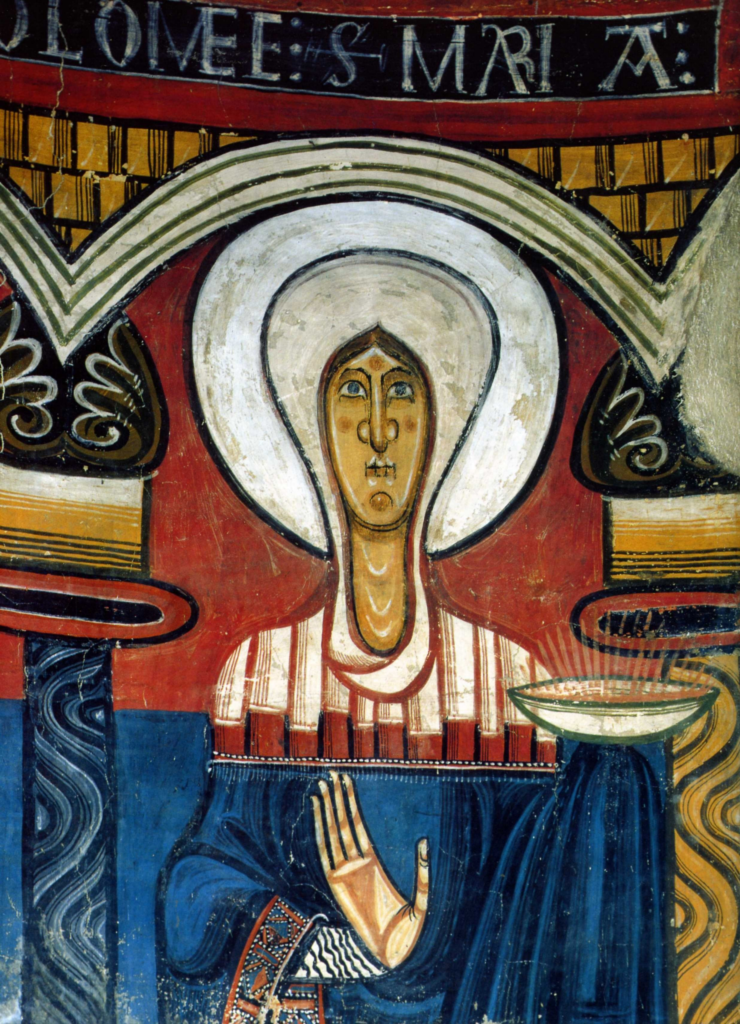
And wherever Mary Magdalene, Mary of Nazareth, and Ecclesia are mentioned, the Song of Songs is never far behind. Who is the Bride? All of them! Do we see Mary Magdalene’s alignment with the Bride in Song of Songs, and therefore Ecclesia, decreasing as the language of “mystical marriage” between Jesus and his Church, vis a vis his mother as the Bride increases? Do we see the Virgin taking on distinctions that had once belonged to Mary Magdalene? Well, yes. And if Mary of Nazareth was still believed in some pockets to be the first witness to the resurrection, would she naturally also bear a vessel of some sort? (I find the urge to use a “shrugging” emoji here almost too much to bear.) The Jar could now be overloaded with meaning: it contained perfume or nard to anoint Jesus’s body on Easter morning, it caught his blood at the crucifixion, or as Goering suggested, it contained the Holy Spirit as it was poured out at the Pentecost.
I would like to spend some time pulling on these threads in future posts, but wanted to at least share the sorts of things that are occupying my thoughts this week. In news closer to home, I find myself between clients in my day job, and am embarking on at least a small amount of time off that will allow me to more fully explore some of these questions. I’m looking forward to it very much.
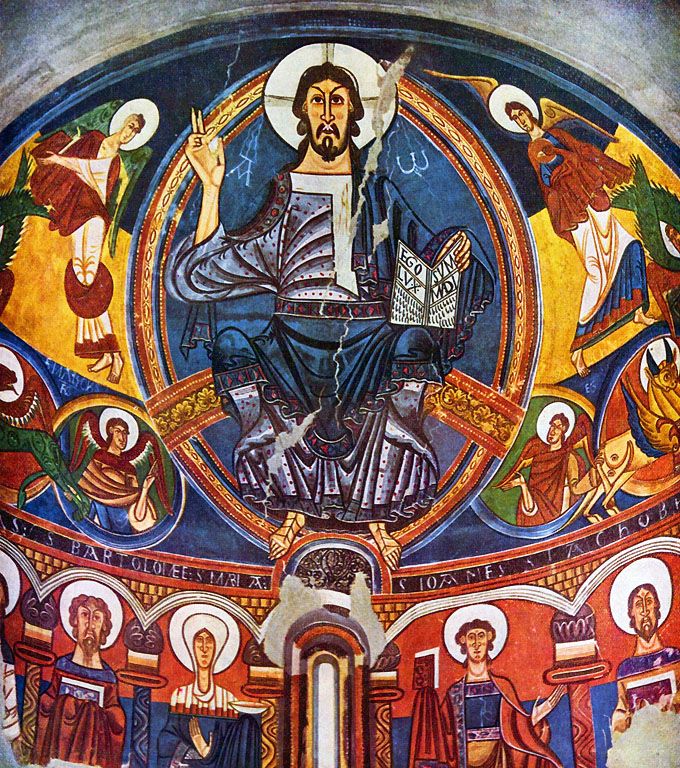
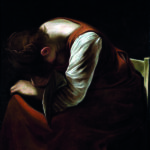
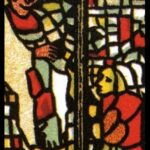
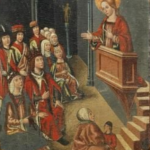
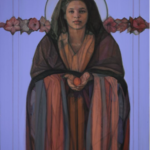
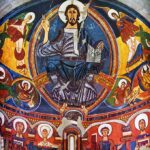
One response to “This week in my brain: Old Syriac, the Fourth Gospel, Mary of Nazareth, and the Holy Grail”
Fascinating! So many biblical mysteries to research. Since my trip to Jerusalem I have become an avid amateur historian from the King David period through the Roman destruction in 72 AD. Hoping to go back again next year. I’ve bookmarked your blog and will keeping reading. I hope all is well!